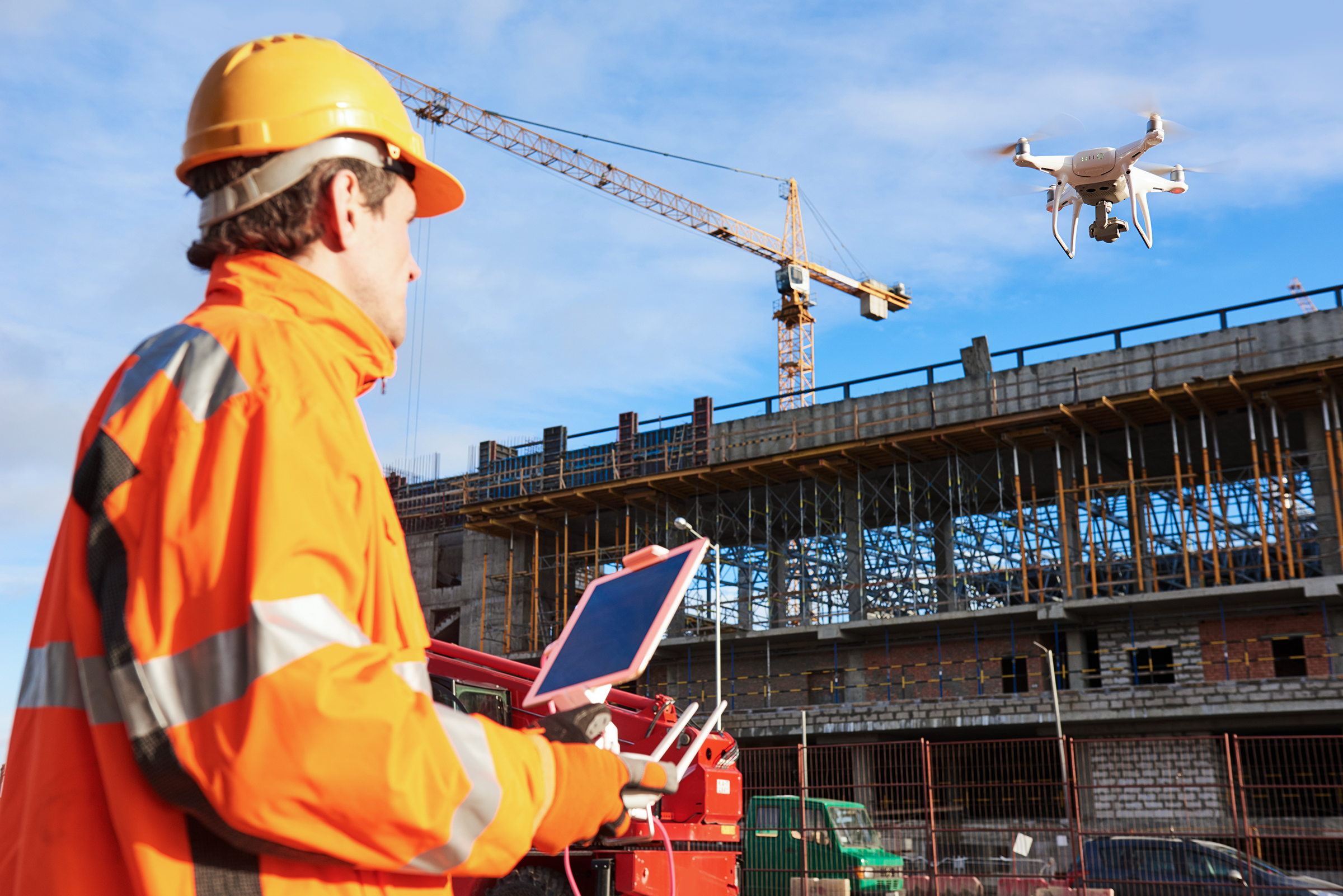Drone use in the construction industry
September 25, 2019When you think of drones you may associate them with fun or spectacle, such as the 2018 Olympics opening ceremony. What you may not realize is that drones play an important part in many industries. According to DroneDeploy, a leading provider of drone software, “Enterprise drone use increased by 58 percent from 2016 to 2017 — with the construction, mining, agriculture, surveying and real estate sectors leading the way.”
For the construction industry drone use provides many benefits, including cost savings, more informed communication, better time management, and improved safety. With all of these benefits, it’s no surprise that DroneDeploy reported in 2018 that drone use in construction increased 239% since the previous year.
As reported by DroneDeploy, “By spending less than an hour each week mapping your job site, you gain access to an unprecedented amount of knowledge about nearly every aspect of your project.”
Drones allow construction managers to view their job site from above – and with as much frequency as they need. By using drones instead of aircraft photographs, construction managers have access to more photographs, often at a higher quality and at a lower cost. Having access to real-time insight of the job site saves time, provides a visual record of the project, and streamlines communication. Since drone images can easily be shared in the cloud, all contractors and subcontractors can have access to stay up-to-date on project status and make better informed decisions in less time.
While cost savings and improved time management are benefits to drone use, the impact on safety provides the greatest benefit.
Drones can easily go where humans can’t – flying over rooftops, into hard-to-reach areas, or into an area where a suspected problem has been reported. All of this can be done without putting any humans at risk of injury.
By providing an instant view of a job site from above drones may identify a potential issue that can’t easily be seen from the ground. A drone may identify a compromised roof before anyone even nears a ladder to climb up to take a look. Thermal data provided by drones may also provide insight into potential risks that can then be avoided or resolved.
If an accident were to occur, drone imaging and resulting 3D models can help to determine exactly what happened so that changes can be made to avoid a similar accident in the future. The imaging also leads to greater accountability: images may show materials left in an unsafe location or progress that was reported done but appears incomplete.
Given all of these benefits it should come as no surprise that the construction industry is the leader in drone implementation. As technology continues to improve drones will likely play an even larger role in construction management efforts.
Capitol’s construction management degree programs include coursework in unmanned and autonomous systems, including drones. To learn more about Capitol’s degree programs in Construction Management and Critical Infrastructure, contact admissions@captechu.edu.



